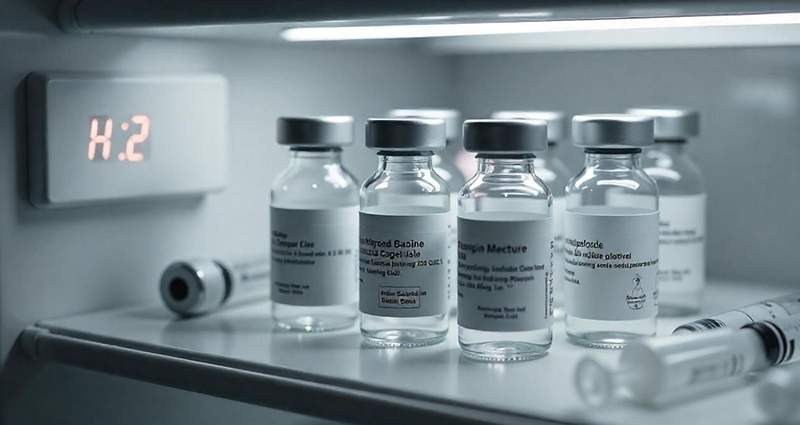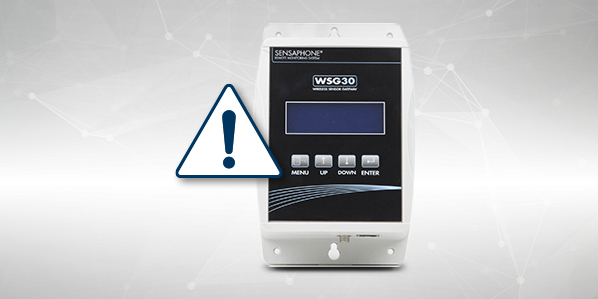

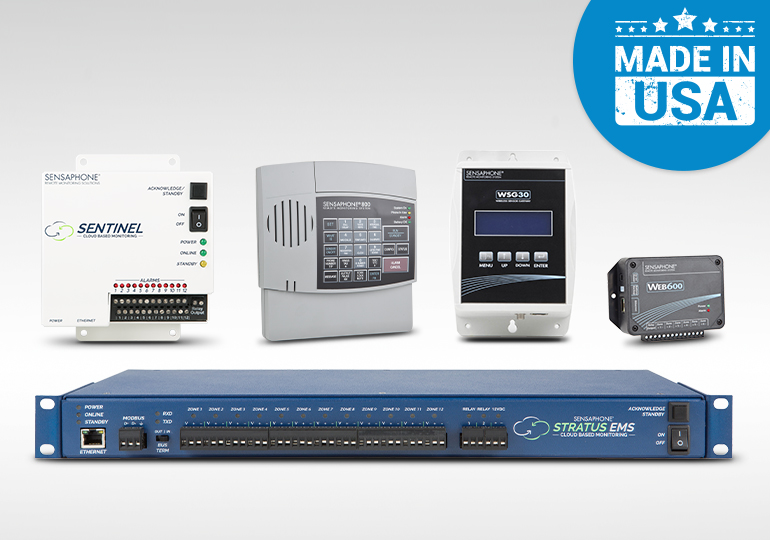
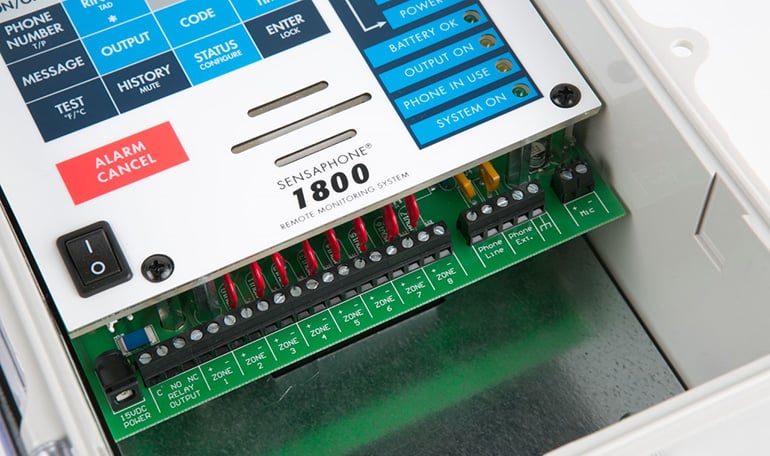
Accurately tracking the status of your assets is important for operations. That’s why you’ve implemented a Sensaphone® remote monitoring system. It gives you precise, real-time status and alerts on conditions such as temperature changes, equipment status, power failures, and other critical parameters. Getting timely notifications to designated personnel can mean the difference between quickly resolving a problem or extended downtime.
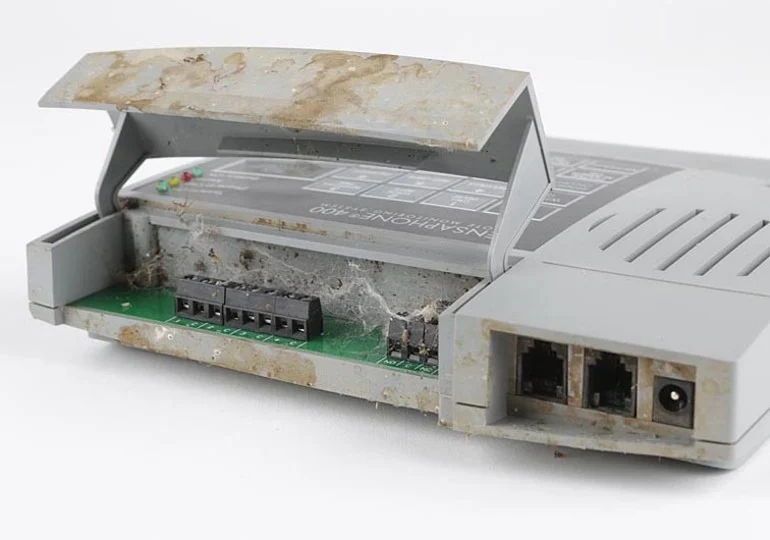
Keeping electronics clean and dry is best way to keep them working at top performance for many years. You wouldn't expect consumer electronics like TVs and radios to work for very long in many of the applications where our devices are deployed. Although, Sensaphone devices are designed to be rugged and reliable, some models have limitations. We suggest purchasing a model that comes with an enclosure if it will be used outdoors or in a harsh environment.
Video Series Helps Install and Program WEB600 Remote Monitoring Systems
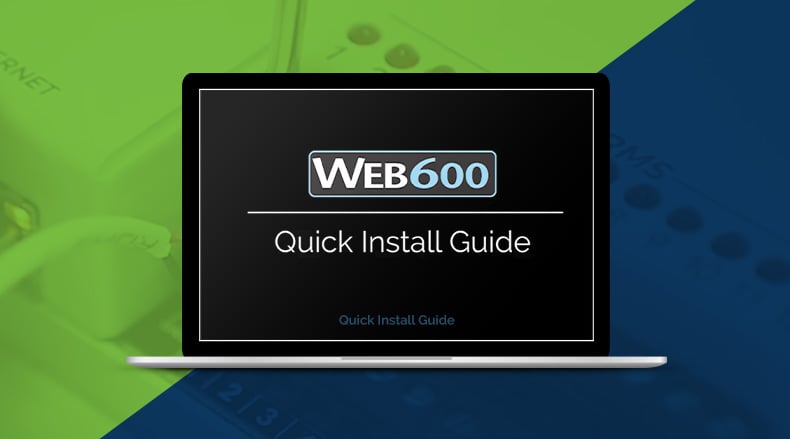
The Sensaphone WEB600 system monitors environmental conditions in smaller locations such as server rooms, vacation homes, office buildings and medical storage facilities that are not occupied around the clock.Most often our products are installed by trained installers or electricians, but they are actually simple enough to be installed by most do-it-yourselfers. The WEB600 system has a straightforward setup for the central communications device and sensors. This new video playlist addresses every step of installation and programming.
Know Your Environmental Threat: Moisture
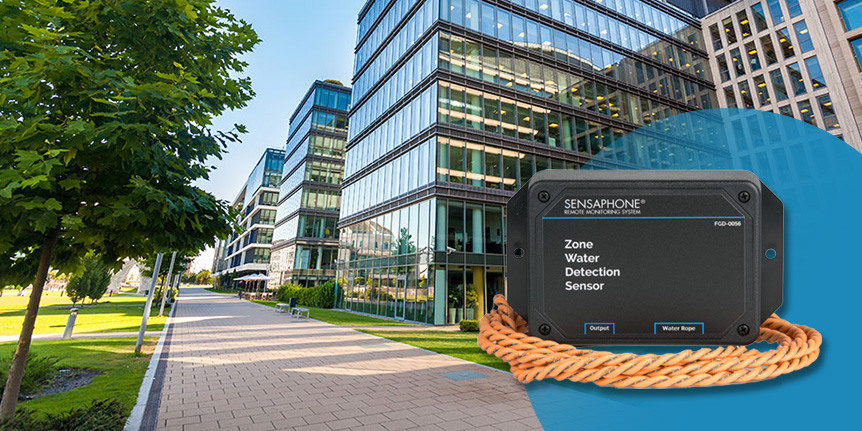
According to insurance industry research, every day, 14,000 people across the United States must deal with a water-damage emergency at home or work. Permanent impairment to property usually occurs after 24 hours, adding up to $2.5 billion in repairs each year.
Know Your Environmental Threat: Temperature
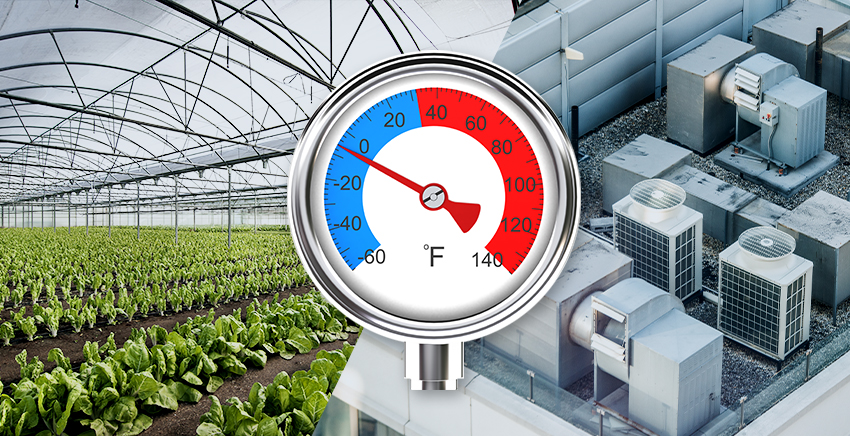
Temperature is one of the most important environmental conditions when managing facilities. This post is the second in our Know Your Environmental Threat series. It discusses how temperature monitoring is used to protect valuable assets in multiple applications including HVAC, server rooms and data centers, food storage facilities, greenhouses, medical facilities, and livestock and animal care.
Know Your Environmental Threat: Humidity

Humidity is an environmental condition that is often overlooked, but it is as important to facility management as temperature. This post is the first in our Know Your Environmental Threat series. It discusses how humidity monitoring is used to protect valuable assets in a variety of applications: HVAC, Greenhouses, Data Centers and Cannabis Growing Facilities.



